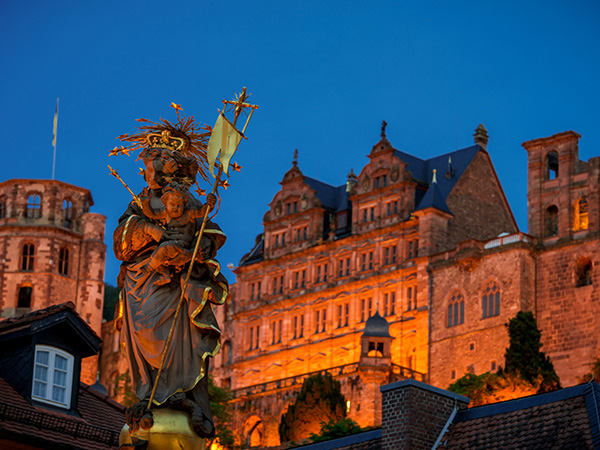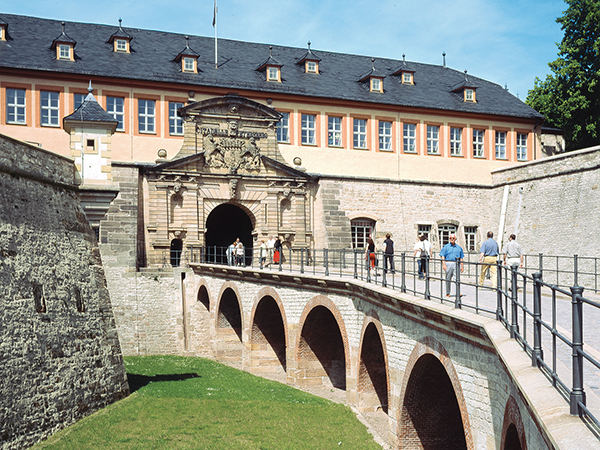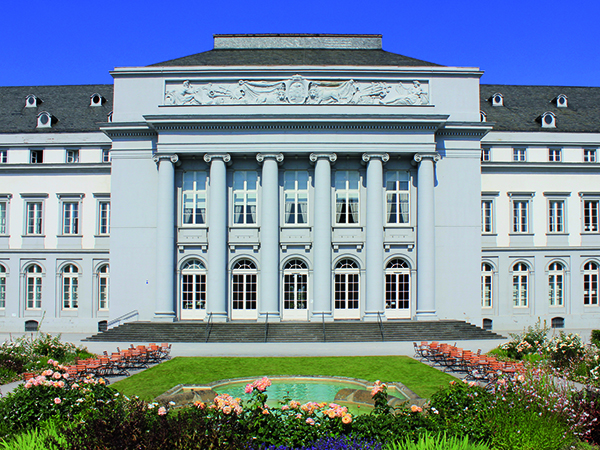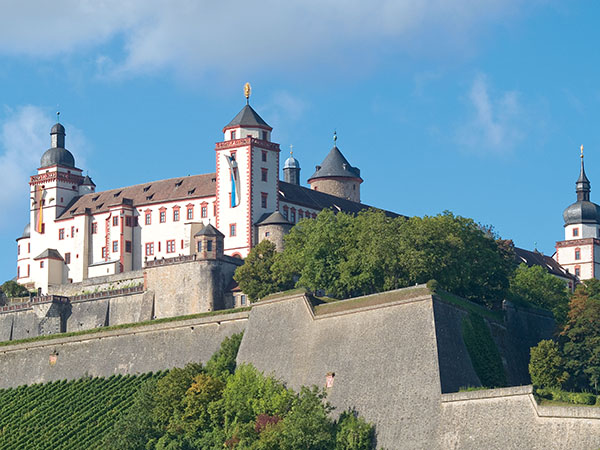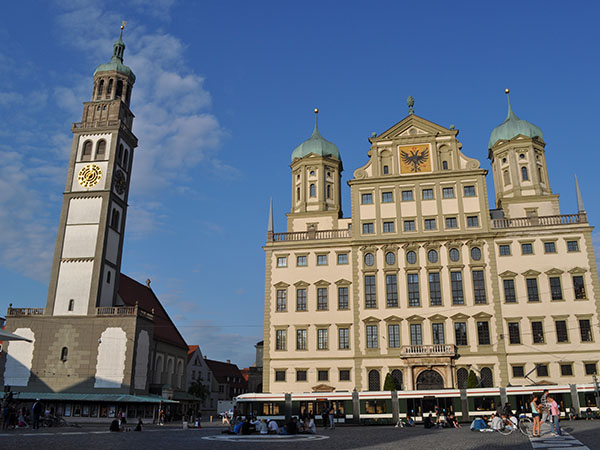THE FEUDAL TIME OF NOBILITY
After the end of the Roman Empire most of the former Roman metropolitan areas became bishop´s sees and residence cities. Christianity flourished and the Holy Roman Empire of the German Nation came into existence.
German Kings were elected in cooperation with the Pope, German Roman emperors were in charge from the 10th to the 19th century.
A new, feudal regime with individual states and powerful sovereigns emerged.
Cities became centers of power where kings, princes, bishops and in later times also wealthy merchants erected great monuments of their power and wealth.
You encounter great witnesses of a magnificent era


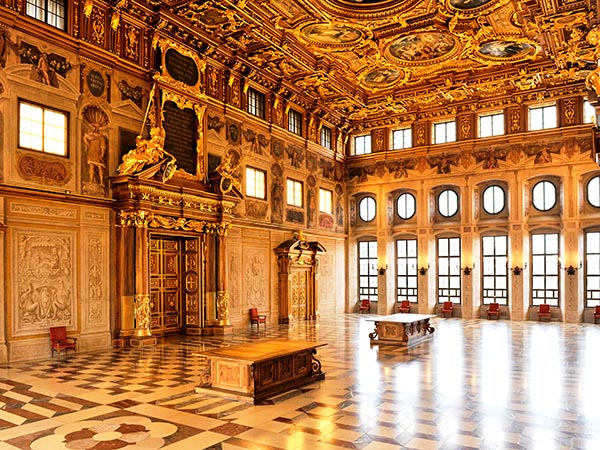
The vast historical heritage allows you to visit fairytale castles, knight´s castles, palaces and fortresses of European rank in many cities of the Historic Highlights of Germany. These remarkable sites which often belong to the UNESCO World Heritage, tell stories of the Middle Ages, of diverse epochs in architecture and of the highly developed horticulture of earlier centuries.
In Koblenz, for example, which used to be the administrative center from Roman times until today, the continuity of the development is obvious. Besides remarkable Roman monuments, one can admire the Kurfürstliches Palais (Elector’s Palace) and above all, Festung Ehrenbreitstein (Ehrebreitstein Fortress) that lies high above Rhine and Moselle. In Prussian times, the castle developed to one of the most extensive fortification systems in Europe and the most powerful bastion of the continent. Nowadays, Ehrenbreitstein Fortress is part of the UNESCO World Heritage “Oberes Mittelrheintal” (Upper Middle Rhine Valley).
In Heidelberg, one of the most famous and romantic ruins in the world awaits you: the Heidelberger Schloss (Heidelberg Castle). The former electoral residence also used to be the seat of the King and even a prison for a discharged Pope.
The bishop’s see Augsburg developed to one of the world’s most significant centers of trade and economy.
This success can be traced back to the influence of the wealthy Fugger and Welser merchant families. The magnificent palaces and the Rathaus (Town Hall) with its impressive “Goldener Saal” (Golden Hall) nicely reflect the wealth and power of the “Renaissance-City” of Augsburg.
Since the 18th century, the history of Regensburg has been shaped by the House of Thurn and Taxis. The spacious grounds of the palace, including the St. Emmeram cloisters and the Princely Treasure Chamber, are open to visitors.
In the Prince Bishop’s “Residenz” (Residence), the UNESCO World Heritage palace of Würzburg, you can admire the world’s largest ceiling fresco, impressive baroque buildings and the Festung Marienberg (Marienberg Fortress)with a panorama view over the city.
In Erfurt, the largest citadel of Europe thrones on the Petersberg mountain. In 1665, the Petersberger Zitadelle (Petersberg Citadel) was built as a fortress in an Italian style and is regarded as one of the best preserved of its kind on the continent.
Potsdam, the former capital of Prussia, enchants its visitors with a great landscape of gardens and castles which is part of the UNESCO World Heritage. Discover Schloss Sanssouci (Sanssouci Palace),”Neues Palais” (New Palace), “Holländerviertel” (Dutch Quarter), “Schloss Cecilienhof” (Cecilienhof Palace) and baroque facades and experience Germany just like the nobility once did.
The developments of that era continue until today
Germany remained, unlike the centralized France for example, a federal republic with currently 16 independent states. These states represent the regional opinions of the Germans.
Also the values and morals of society have their roots in the Middle Ages. They were shaped by Christian doctrine which – in contrast to political and economical systems – outlasted the centuries.
© Image Rights: Frederick the Great/Cecilienhof Palace – SPSG, House of Thurn and Taxis – RTG, Golden Hall – Regio Augsburg – Ehrenbreitstein Fortress/Electoral Palace Koblenz – Koblenz Tourism, Marienberg Fortress – CTW/Andreas Bestle, Heidelberg St. Mary’s Statue and Castle – Heidelberg Marketing, Biebrich Castle Wiesbaden – WICM, Petersberg Citadel Erfurt – ETMG


